Ronak Husni and Daniel L. Newman
A to Z of
Arabic-English-Arabic
Translation
SAQIContents
As soon as Disused/misuse/abuse Interfere/interrupt/intervene Self
Introduction
Rationale behind the book
This book is the result of many years of teaching university-level courses on translation between Arabic and English by the authors to both native English and Arabic speakers. It is important to state from the outset what this book is
not. It is
nota grammar book or composition manual. Nor is it a treatise on translation theory or a historical overview of Arabic-English translation. Rather, it is intended to explain and illustrate various questions that are of relevance to the translator who works between these two languages.
It focuses on common errors made by students and translation practitioners in general, with an emphasis on the microstructural linguistic elements of the translation process. The clear practical intent, however, does not mean that the A to Z is devoid of theory or that it does not play a part in translation. In fact, theory is everywhere and the way in which the translation mechanisms and processes are discussed is rooted in a solid theoretical basis. One of the questions that any author needs to ask is whether their book fills an existing gap in the market. The answer in the case of the A to Z is that it fills several. Firstly, it is a much-needed addition to the field of Arabic/English translation where there is a dearth of resources.
Secondly, while the overwhelming majority of existing works concentrate on one translation direction, the A to Z is very much like the scripts that are used in it bidirectional inasmuch as it addresses problems relating to both Arabic-English and English-Arabic translation. Naturally, the inevitable consequence is that some entries may be more relevant to native speakers of either Arabic or English. However, it would be wrong to presume that this is a misguided attempt to be all things to all people. Indeed, even if the native speaker of the language may not need assistance with the correct usage of this or that idiomatic expression, s/he will benefit from guidance on how to translate it into the Target Language. What is more, the aim is never to discuss grammatical points per se, but only in relation to their difficulty in translation. Indeed, there are plenty of grammar books available for those whose appetite has been whetted for more detail on grammatical items.
Thirdly, rather than dealing with themes or processes, the A to Z focuses on specific translation problems, each of which is carefully contextualized and illustrated for the most part by authentic examples culled from contemporary literature and the media from various Arab countries. Fourthly, the approach is one of comparative analysis, with a discussion of grammatical, lexical and semantic aspects being viewed through the prism of translation in order to offer the reader guidance on correct and idiomatic usage. Translation is all about making choices, and there is rarely only one solution; usually, the same idea may be expressed in a variety of ways. Hence, the examples in the book often contain multiple translations of a given source text.
Target readership and aims of the book
The intended readership of the
A to Zare university-level students of translation and professional translators, alike. And while it was originally designed for those whose mother tongue is either Arabic or English and who possess advanced proficiency in their non-native language, it can be used by others who have attained the required aptitude in both these languages.
More specifically, the book is aimed at: developing and honing users ability and skills in translating between Arabic and English; enhancing idiomatic expression in both languages; raising awareness of the pitfalls specific to Arabic/English translation; increasing competency by providing the appropriate strategies for effective translation.
How to use the book
The design and layout of the book are in keeping with the overall aims and the alphabetic arrangement of all entries in the
A to Zensures ease of use both as a manual and as a reference work for the practice of Arabic-English-Arabic translation. Whereas the reader is expected to have a basic knowledge of grammatical concepts, specialized linguistic terminology has been kept to a minimum. The practical pedagogic aim of the
A to Zalso underlies the fact that all examples are fully vowelled whereas the imperfect stem vowels are added in brackets to Form I verbs. e.g.

Naturally, any selection is, to some degree, subjective, as well as being limited by practical constraints and some readers may lament the absence (or inclusion) of this or that point.
Valid though such criticism may be, it is important to stress that in choosing the entries, the authors were guided by their classroom experience. Although, in theory, readers may decide to work their way through the book from beginning to end, the layout is conducive to it being used as a reference work for specific issues, or to dip into. As such, it is eminently suited for both independent and classroom use. In the latter context, teachers may, for instance, choose to concentrate on certain items that may be relevant to a text that is being discussed in class. Finally, a word about language variety. When dealing with a diglossic language such as Arabic, the question that arises is, of course, which kind of Arabic.
This is not the place to enter into this highly complex issue; suffice it to say that the language exemplified in this book is Modern Standard Arabic, i.e. the formal normative variety of the language as it is used today in formal writing by educated native speakers. As a result, we have eschewed dialectisms and regionalisms. The English variety employed in the book is formal British English, though relevant comments are provided regarding North American usage when necessary. In addition to our students, both past and present, many of whose challenging questions we have attempted to answer, the authors would like to thank Jack Wesson for his meticulous feedback on the manuscript. pl.
Abbreviations/acronyms
In English, it is common to abbreviate words.
| feminine plural |
| f. s. | feminine singular |
| imp. | Imperfect  |
| intrans. | Intransitive (verbs) |
| m.s. | masculine singular |
| MSA | Modern Standard Arabic |
| perf. | perfect  |
| pl. | plural |
| POS | part of speech |
| PP | prepositional phrase |
| PRON | pronoun |
| sg. | singular |
| SL | Source Language |
| ST | Source Text |
| subj. | subjunctive  |
| VN | verbal noun  |
| VSO | Verb-Subject-Object |
| / | marks alternative translations |
| * | precedes erroneous forms |
subjunctive  |
Next page
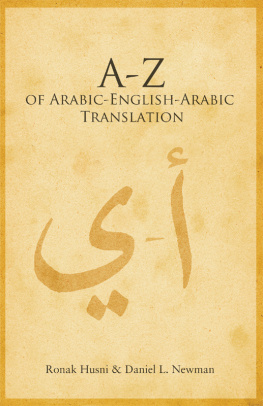
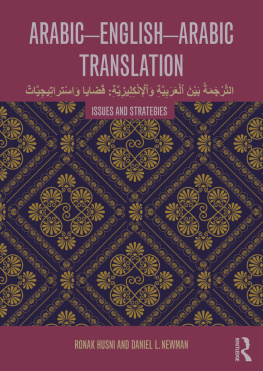


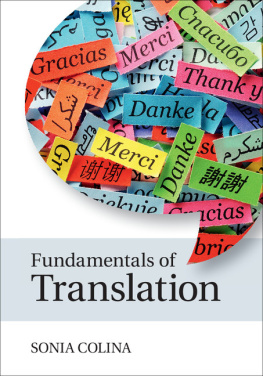



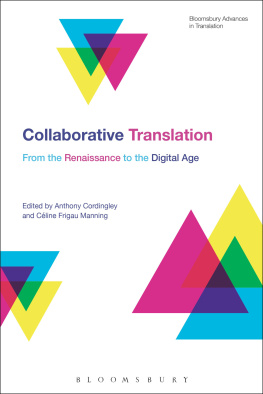
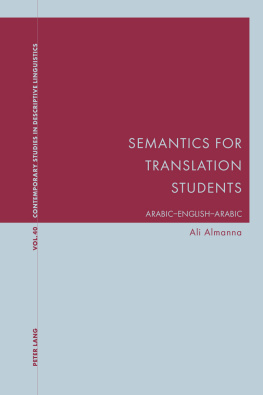
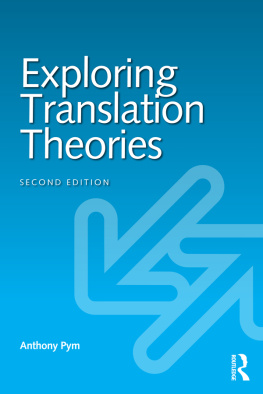
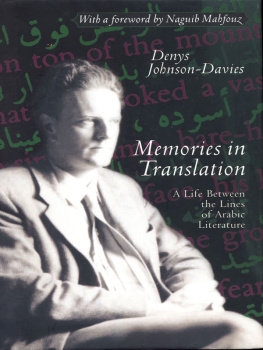
 Naturally, any selection is, to some degree, subjective, as well as being limited by practical constraints and some readers may lament the absence (or inclusion) of this or that point.
Naturally, any selection is, to some degree, subjective, as well as being limited by practical constraints and some readers may lament the absence (or inclusion) of this or that point. 


